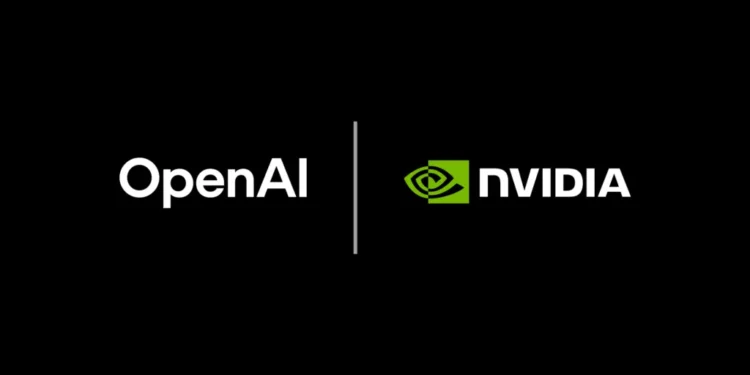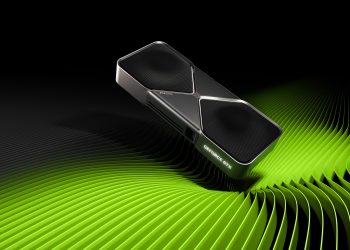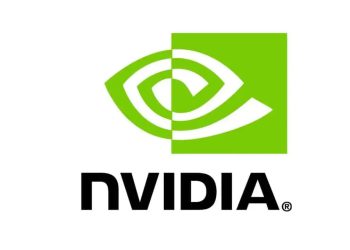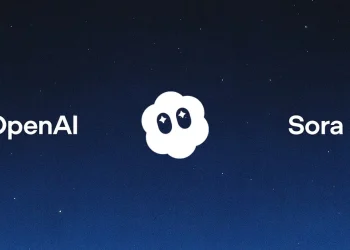OpenAI just dropped a pair of open-weight reasoning models that can run locally on Nvidia RTX GPUs, but don’t expect to run them on just any PC. These models bring a fresh twist by allowing AI to “think” before answering, and you get to keep all your data on your own rig. If you’re into AI but wary of cloud privacy issues, this could be your jam, provided you’ve got a pretty hefty setup.
In partnership with Nvidia, OpenAI released two models: gpt-oss-20b and gpt-oss-120b. You can download them directly from Nvidia’s site or Hugging Face. For a quick test drive, head over to gpt-oss.com, where you can fiddle with reasoning levels yourself.
Open-weight models are a bit of a rarity these days. They give you access to the AI’s internal “weights,” which are like the brain’s synapses connecting different ideas. This transparency means you can tweak and train the AI more finely than usual. OpenAI hasn’t released an open-weight model since GPT-2 back in 2019, so this is a pretty big deal. DeepSeek models also share this open-weight trait, and we once pitted OpenAI and DeepSeek head-to-head to build a gaming PC, spoiler: neither took the crown.
| Model name | Transformer blocks | Total parameters | Active params per token | # of experts | Active experts per token | Input context length |
| gpt-oss-20b | 24 | 20B | 3.6B | 32 | 4 | 128K |
| gpt-oss-120b | 36 | 117B | 5.1B | 128 | 4 | 128k |
Both models are reasoning types, meaning they break down complex questions into smaller steps before answering, similar to how agentic AI is supposed to work. These aren’t replacements for OpenAI’s upcoming GPT-5 cloud model, though. The gpt-oss-120b model can run on an 80 GB GPU, so high-end RTX Pro desktops can handle it, but good luck having one of those on your home desk.
The more minor gpt-oss-20b can run on a 16 GB GPU, and OpenAI says it performs similarly to their o3-mini model on standard benchmarks. So if you have a beefy gaming rig with a 16 GB GPU, you might just get it running locally. Not on Team Green? AMD CEO Lisa Su congratulated OpenAI on X, saying AMD’s proud to be a Day 0 partner, helping these models run everywhere, cloud, edge, and client devices.
Congrats @sama @OpenAI on today’s launch of gpt-oss! @AMD is proud to be a Day 0 partner enabling these models to run everywhere – across cloud, edge and clients. The power of open models is clear… and this is a big step forward. https://t.co/2XUS5ceP8w
— Lisa Su (@LisaSu) August 5, 2025
AMD’s Radeon 9070 XT and any AMD AI CPU with 32 GB RAM can also run the 20b model. For the full 120b model, you’ll want a machine like the AI Max+ 395 with 128 GB RAM, which we’ve tested ourselves. It’s impressive, but definitely not for casual setups.
All this comes as AI tech keeps creeping into every corner of digital life. Meta’s been expanding AI by literally putting data centers in tents (data tenters, if you like), Nvidia launched its AI-powered gaming assistant, Microsoft’s AI tools are in beta, and Razer just opened one of three global AI hubs. If you want AI that lives on your PC without pinging the cloud, these new open-weight models give you that option.
























